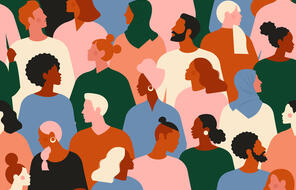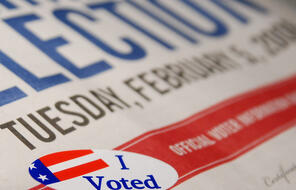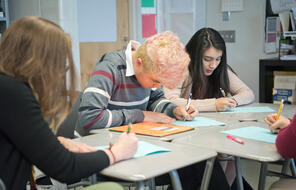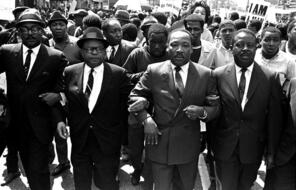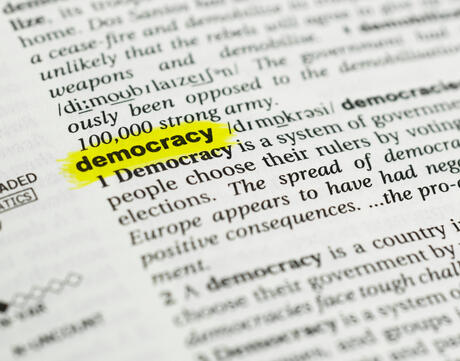
Supporting Question 2: Defining Democracy
At a Glance
Language
English — USSubject
- History
- Social Studies
Grade
6–12Duration
One 50-min class period- Democracy & Civic Engagement
Overview
About This Activity
Students explore Supporting Question 2 through a series of activities designed to help them think about the meaning of democracy in the United States. First, they explore the meaning of democracy by analyzing the dictionary definition of democracy and then reading a series of quotations about democracy. Next, they complete a four-square vocabulary graphic organizer on the word democracy and then reflect on a series of statements about democracy. Students conclude by creating a headline that demonstrates their understanding of what democracy can mean in the United States.
Preparing to Teach
Procedure
Materials and Downloads
Quick Downloads
Download the Files
Download allSupporting Question 2: Defining Democracy
Supporting Question 1: Defining Freedom
Supporting Question 3: Using Democratic Tools to Pursue Freedom
Unlimited Access to Learning. More Added Every Month.
Facing History & Ourselves is designed for educators who want to help students explore identity, think critically, grow emotionally, act ethically, and participate in civic life. It’s hard work, so we’ve developed some go-to professional learning opportunities to help you along the way.
Exploring ELA Text Selection with Julia Torres
On-Demand

Working for Justice, Equity and Civic Agency in Our Schools: A Conversation with Clint Smith
On-Demand

Centering Student Voices to Build Community and Agency
On-Demand


